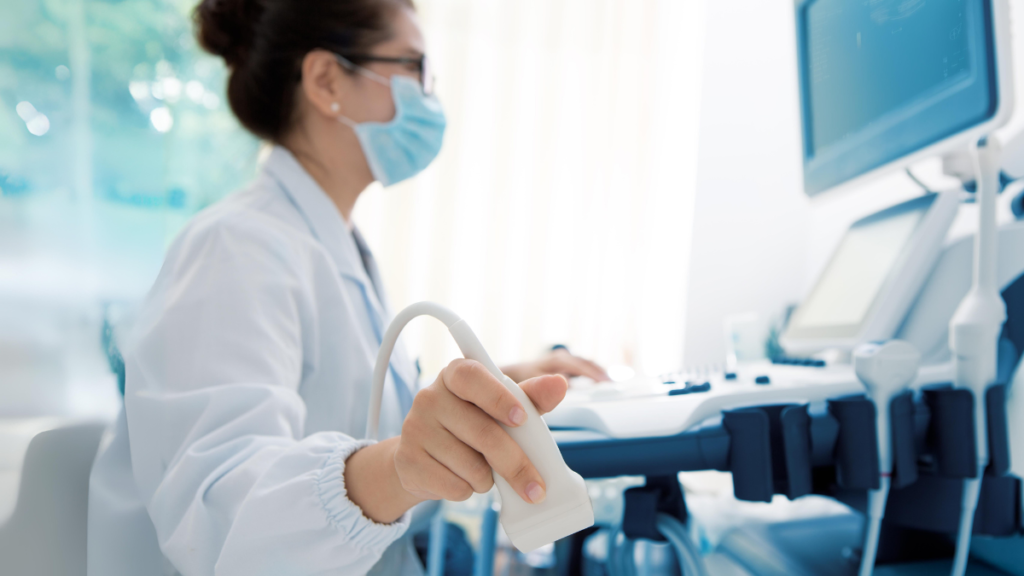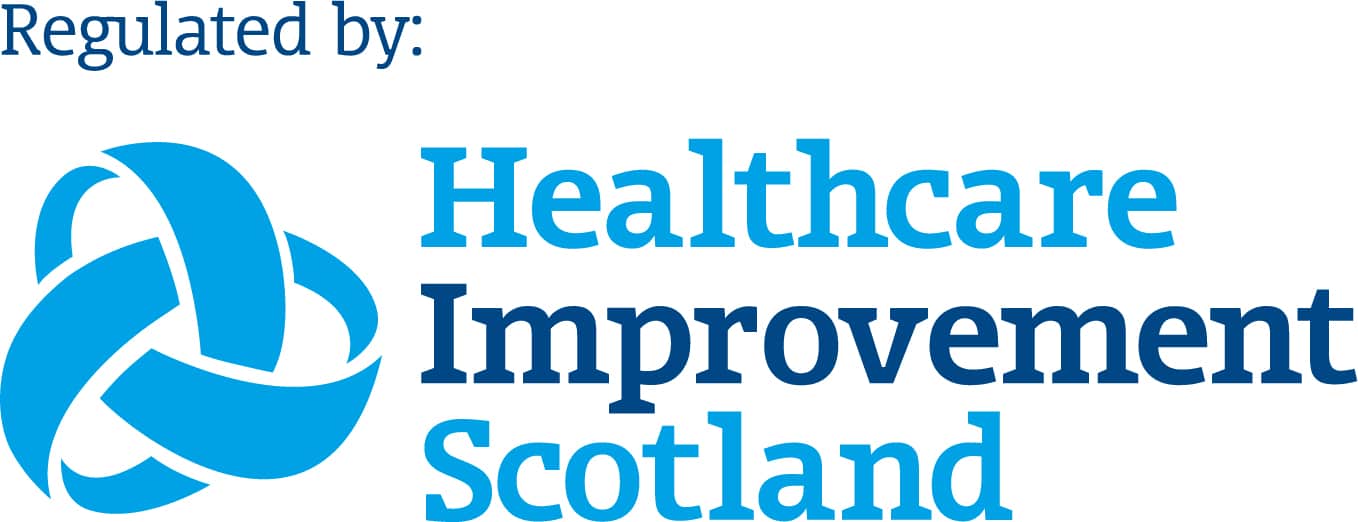Our reviews - What our patients say
J., 2024
★★★★★
Google Review
I got a same-day appointment with Dr Dele-salawu on 14th October. She was very knowledgeable and attentive, she allowed me to tell her the details of my concerns and arranged appropriately for urgent tests. I was very pleased with the whole experience.
P., 2024
★★★★★
Google Review
Attended this clinic for minor surgery and was very impressed indeed. Dr Sathis Wijemanne was exceptionally professional and explained in detail what to expect from the procedure. He was patient and put me at ease right away. The nurse and reception staff were very welcoming and friendly. I highly recommend this clinic.
R., 2024
★★★★★
Google Review
I found the ROC clinic in Aberdeen to be excellent. All appointments were offered quickly, the staff were welcoming and professional and the location was ideal, with great parking. I found the level of customer care to be first class and any medical results/reports were produced fast and efficiently. Would highly recommend this clinic.


